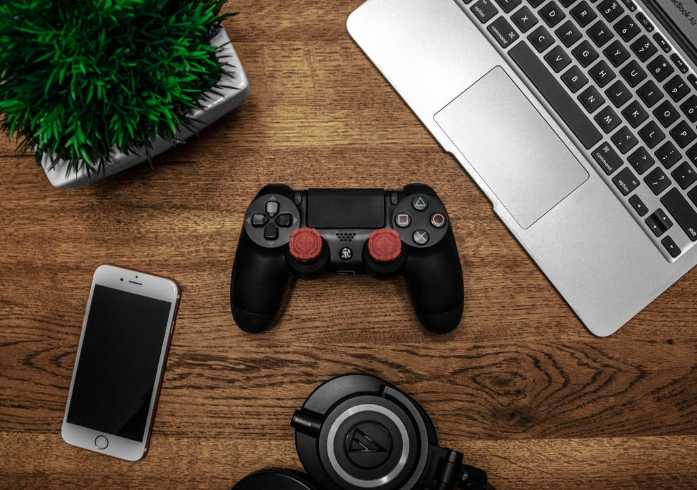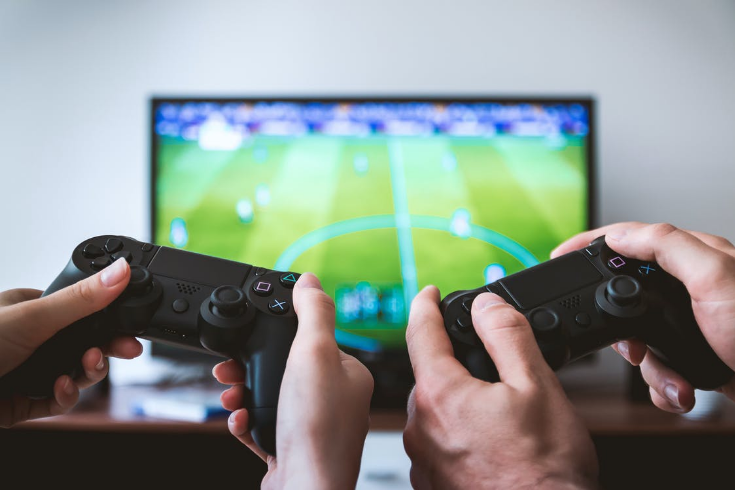Can Smartphones Overcome Gaming PCs?
Most technology shifts rapidly. But the gaming industry is particularly fluid. The pro-gaming circuit has a huge global following. Major e-sports events are often broadcast on popular sports channels that you can find in the average Spectrum TV, or any other provider’s channel lineup. The industry is worth billions and only continues to grow as new gamers join the community every year. Part of the reasons the video game industry is as big as it is today is because of a diversity in platforms and formats.
Smartphones Challenging the Gaming Hierarchy
Sony and Microsoft have two of the best-known console brands in the world: the PlayStation and the Xbox, closely followed by Nintendo. That’s not to mention VR platforms like Oculus Rift or Steam VR. But for almost two decades, the gaming throne belonged to the gaming PC. Wildly expensive, but with unparalleled performance, gaming PC gave users the bragging rights to The Glorious PC Master Race on meme pages like 9GAG. Of course, other forms of technology have continued to evolve in the meantime, in particular smartphones.
The modern smartphone is a very smart and very powerful computer in its own right. It is also compact and much cheaper than your average gaming PC. At the same time, since so many people already use it, smartphone gaming hasn’t had to contend with the acceptance and penetration challenges most new gaming tech has to go through. This alone is a significant factor in propelling smartphone gaming to the popularity it enjoys. Of course, early smartphone games were not much compared to PC or console games. But recent emergencies, particularly PUBG and CoD Mobile have changed that to a large degree. Now smartphone gaming is a serious contender, even though it faces certain challenges, such as these:
Battery Health Can Cause Interruptions
Battery problems are something that has continued to plague smartphones over the decades. Sure, the latest ones have much better and more powerful batteries. But they aren’t designed for professional or semi-pro gaming, which can often be anywhere between 6 to 18 hours a day. Keep in mind that complex processes like rendering game graphics can guzzle more battery than usual. Most smartphones simply can’t handle that kind of continuous abuse every day. Even if a smartphone gives you sufficient battery life today, continuous gaming will wear it down to the point where it becomes a major annoyance.
Higher Temperatures Impact Performance
Devices heating up are another problem smartphone manufacturers haven’t quite managed to fix yet. Most phones will function normally for an average user with the same social media and streaming apps that everyone else uses. These are typically not very complex processes, which means they don’t keep your smartphone’s components running. But a complex process like a game will continuously use the processor. Even with low graphics, it will be in constant use, which causes most phones to overheat. This wouldn’t be so bad if it didn’t severely impair the device’s performance. Most devices will typically shut down after a temperature safety threshold has been reached. In a worst-case scenario, the device could even explode.
Game Controls aren’t Well-Adapted to Touch Screens
The two problems listed above are about the hardware that runs the game. But there are also issues with the effectiveness of the controls. Most games are developed for a specific platform such as Xbox, PlayStation, Windows, or Mac. That means the game’s interface is designed with a very specific device and operating system in mind. With smartphones, there is a very large number of manufacturers, many of whom have a range of phones. With so many different kinds and types of devices, and often different operating systems, smartphone games still lack a seamless control interface that is essential for a gaming device.
The games on smartphones may be quite impressive, but the control interface isn’t. This can often impair your gaming experience, especially in online shooting or combat games. Of course, there are certain solutions to this, such as after-market trigger add-ons. These mimic the console controllers that many of us are used to, but a more integrated fix is only possible if manufacturers and game developers come together to standardize certain things. As it stands, smartphones have barged their way into the gaming arena. But they still have a long way to go to become a serious contender to the thrones.









0 Comments